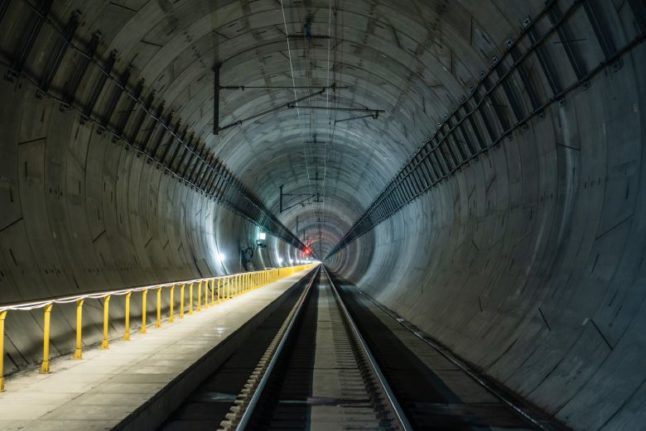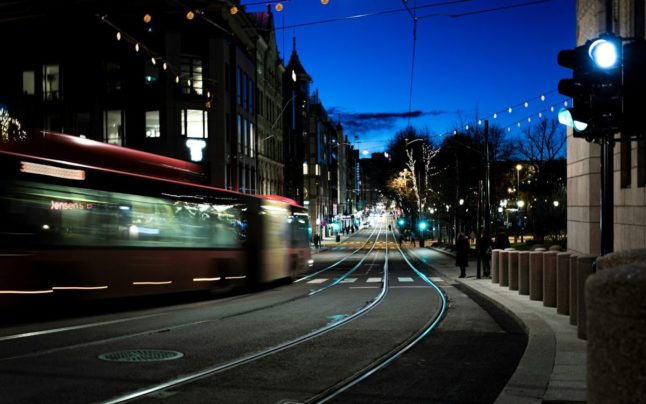“Today is a historic day, and we are proud to open the Follobanen to traffic so that travellers can feel the positive effects of one of our largest modernization projects in the last ten years,” Bane Nor chief Gorm Frimannslund said, according to news bureau NTB.
On Sunday, the first trains departed on the new section between Oslo and Ski via what is the Nordic region’s longest railway tunnel.
The official opening will be held on Monday morning at Oslo Central Station. King Harald, Crown Prince Haakon, Prime Minister Jonas Gahr Støre, and Transport Minister Jon-Ivar Nygård will be present at the opening.
With a top speed of 250 kilometres per hour, the trains will ensure that the journey time between Oslo and Ski is halved from 22 to 11 minutes.
Potential benefits
Ambitions are high in Ski Municipality, which has a number of construction projects underway. The municipality has planned to build over 4,000 new homes in the city centre over the next two decades, the newspaper Aftenposten writes.
“Railway construction is community building. Historically, the railway has set the lines where cities and towns were established.
“With the Follobanen, we are now making arrangements for Oslo and the areas south-east of Oslo to become a shared living and working area. It will be easier to have a greater distance between home and work, and everyday commuting will improve in the entire region,” Frimannslund added.
Delays
The need for increased capacity on the railway line between Oslo and Ski was already present at the end of the 1980s.
After many years and multiple reports, preliminary work on the Follobanen started in 2010 before the main works started in 2015.
The extensive project has experienced several delays and budget breaches, with a final price tag amounting to 36.8 billion kroner.



 Please whitelist us to continue reading.
Please whitelist us to continue reading.
Member comments